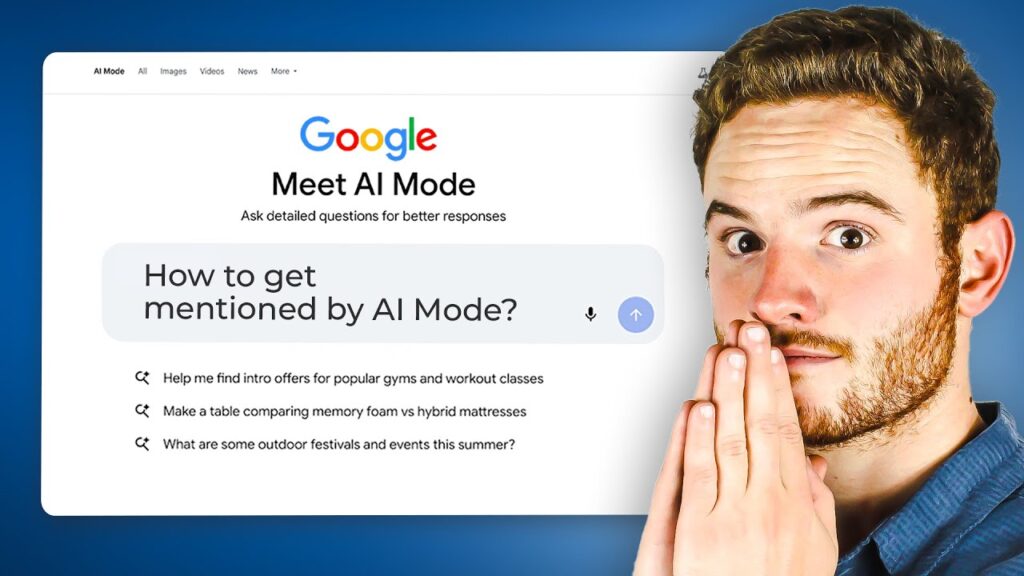Generative Engine Optimization (GEO): The New Frontier of SEO in 2025

Overview
The landscape of search is undergoing a massive shift. In 2025 and beyond, traditional search engine optimization (SEO) is evolving into something more dynamic: Generative Engine Optimization (GEO). GEO focuses on how brands are being represented, ranked, and recommended by AI-powered generative engines like ChatGPT, Google’s Gemini, and other large language models (LLMs). Brands that understand this transformation and optimize accordingly will gain a significant competitive edge in the new AI era of search.
What Is Generative Engine Optimization?
Generative Engine Optimization is about ensuring that your brand surfaces in AI-generated results. Instead of focusing solely on Google keyword rankings, businesses must now pay attention to how LLMs like ChatGPT mention and recommend brands. Tools like LLM Refs can analyze and benchmark your brand’s presence across multiple generative AI engines. For instance, if someone asks “Who is the best lawyer in Atlanta?” the tools measure which firms are being mentioned most often and in what ranking order.
Why GEO Matters
GEO gives businesses a new lens to understand visibility. Generative engines typically serve top-tier answers and references. If your brand isn’t included in those responses, you’re invisible to a growing segment of users relying on AI for decision-making. GEO is not just a trend – it’s a paradigm shift driving how leads are generated in the digital age.
Step 1: Become a Verified Entity
GEO begins with establishing your brand as a verified entity that AI engines can understand and reference. An entity is simply a person, place, or thing – a noun with a machine-readable ID. Google and other engines utilize these entities to populate their Knowledge Graphs, and now AI engines do the same.
Follow these core steps to build your entity:
- Claim your Google Business Profile, Bing Places, and Apple Maps listings.
- Ensure your business is listed on Wikipedia, BBB, Yelp, and other respected directories.
- Use a tool like Yext to distribute and sync your business information across platforms like Yellow Pages and other citation sites.
- Establish and maintain active social media profiles on LinkedIn, Facebook, Twitter, and Instagram.
Consistency is key. Keep your name, address, and description uniform across all platforms so that AIs can compile a cohesive understanding of your brand.
Step 2: Implement Structured Schema Markup
Once your entity is established, the next move is to feed AIs with structured data through schema markup – standardized code that communicates key information about your brand and offerings.
Visit Schema.org for formatting examples. At a minimum, ensure your site includes:
- Organization schema — includes your business name, URL, and description.
- Website schema — defines your site as an entity with ownership and purpose.
- Additional schemas — such as social profiles, founders, video content, and reviews.
Incorporating detailed schema markup allows generative engines to ingest accurate data directly from your website.
Step 3: Distribute Content Across Platforms
An essential GEO tactic is cross-platform syndication. AI models love sourcing from community-driven content hubs like Reddit, LinkedIn, Medium, and Pinterest. Publish your blog in multiple formats to increase discoverability.
For example:
- Turn a blog into a podcast episode and distribute via Spotify and iTunes.
- Republish it as an article on Medium and LinkedIn Pulse.
- Create visual posts and share snippets across Pinterest, Instagram, and Twitter.
The goal is to be everywhere. Generative engines crawl these community spaces and heavily weigh recurring mentions across diverse platforms.
Step 4: Leverage Press Coverage and Backlinks
Old-school SEO methods like press releases and backlinks still matter – perhaps more than ever. When AI tools cite responses, they often pull from authoritative sources such as PC Mag, TechCrunch, and Newswire.
Ways to increase your backlinks and citations:
- Get published in industry lists and roundup articles.
- Invest in PR distribution services to place press releases on Google News and relevant sites.
- Pursue guest posts on high-authority blogs in your niche.
Create releases titled something like, “XYZ Named Best Atlanta Lawyer by Industry Experts,” and spread it across PR platforms to ensure AI engines associate your brand with authoritative insights.
Step 5: Track, Analyze, and Adapt
Finally, use measurement tools like LLM Refs to monitor your progress. Search how frequently your brand is appearing across ChatGPT, Gemini, Claude, and other LLMs. This data reveals whether your GEO strategy is effective or needs adjustments.
This tracking not only shows visibility but provides data on ranking position, common search prompts, and comparison with competitors. GEO isn’t a one-time effort—it’s an ongoing process of refinement and expansion.
Conclusion
The era of Generative Engine Optimization is here, and early adopters are already reaping the benefits. By becoming a recognizable entity, adding structured data, diversifying content distribution, earning citations, and tracking performance, your brand can dominate AI-powered search engines.
In the GEO world, visibility depends on syndication, accuracy, and authority. It’s not just about being on page one of Google anymore—it’s about being the answer AI provides. The sooner you implement these strategies, the more likely your brand becomes a staple in generative AI responses. Step into the future of search—your competition won’t wait around.
